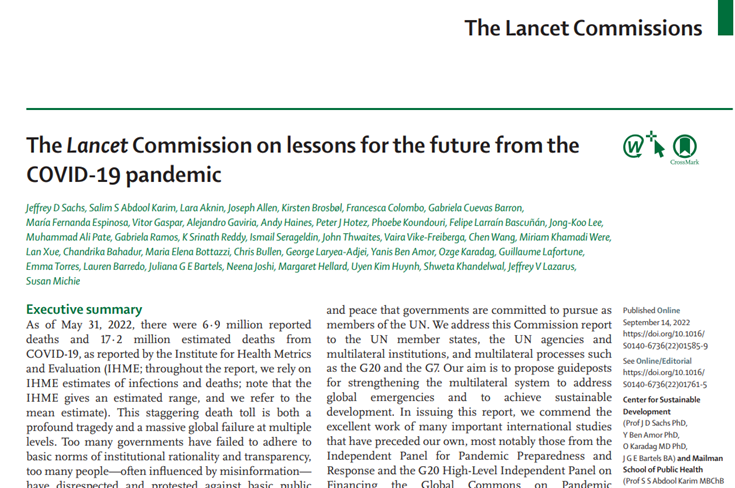
THREAD: Buildings as a First Line of Defense against Airborne Infectious Diseases
(excerpt from my book #HEALTHYBUILDINGS, out Oct 18, available now)
(excerpt from my book #HEALTHYBUILDINGS, out Oct 18, available now)

WE’VE LONG KNOWN THAT BUILDINGS can make us sick. And yes, sometimes the solution is as easy as opening a window, as Florence Nightingale told us long ago. But at some point, we lost our way.
We forgot these basic lessons from centuries ago, that bringing in more fresh air is a simple—but effective—infection control measure. Since the days of mech ventilation, with each revision of the ventilation standard leading to less fresh air and more tightly sealed buildings,
we have been steadily marching away from something the world knew back in the era of Florence Nightingale, but we seem to have forgotten since: fresh air is important.
This bumbling into the sick-building era—with our tight buildings that don’t breathe and bare minimum “acceptable” ventilation rates—has largely escaped notice for the past forty years outside the specialized field of indoor air science. Until it didn’t, that is
—in emphatic fashion, with the arrival of SARS-CoV-2, the virus that causes Covid-19. All at once, eyes focused on this alarming new pathogen as scientists around the globe sought to unravel its mysteries.
But despite the mass confusion, disruption, and death caused by Covid-19, it was not really all that mysterious a virus after all.
Yes, it was novel to us, but only in an immunological sense—none of our bodies had seen it before, so we lacked sufficient defenses once it latched onto our cells and started replicating wildly in our bodies.
But that’s really it in turns of the mystery. In many ways, SARS-CoV-2 acted just like many other respiratory viruses.
One way it did this, in particular, should have been recognized early but was missed by nearly everyone: this coronavirus, like other respiratory viruses, is airborne.
Not just in the big stuff that comes out when we cough or sneeze, but in tiny respiratory particles that we all emit when we talk and breath and that stay suspended, floating in the air.
Why did it take health authorities so long to acknowledge this?
amazon.com/Healthy-Buildi…
Why did it take health authorities so long to acknowledge this?
amazon.com/Healthy-Buildi…
• • •
Missing some Tweet in this thread? You can try to
force a refresh






